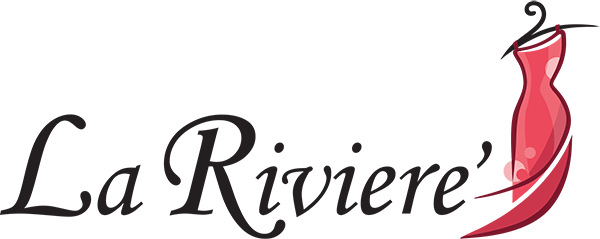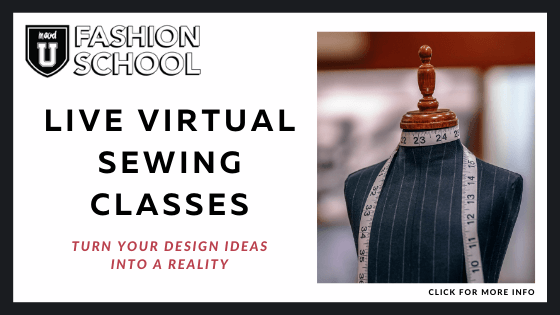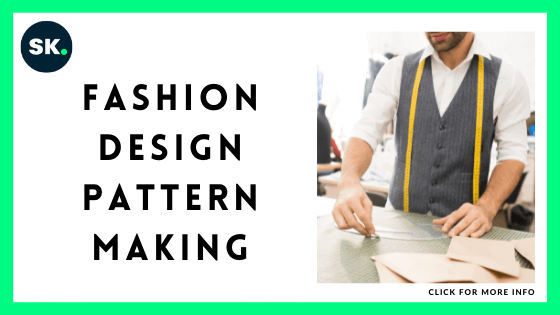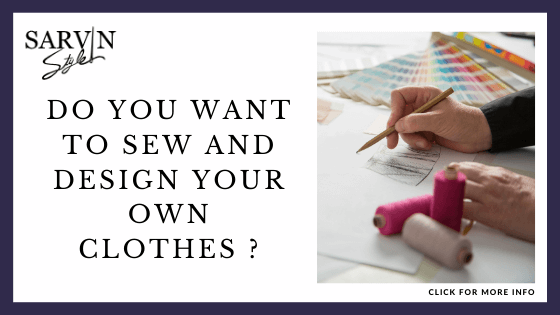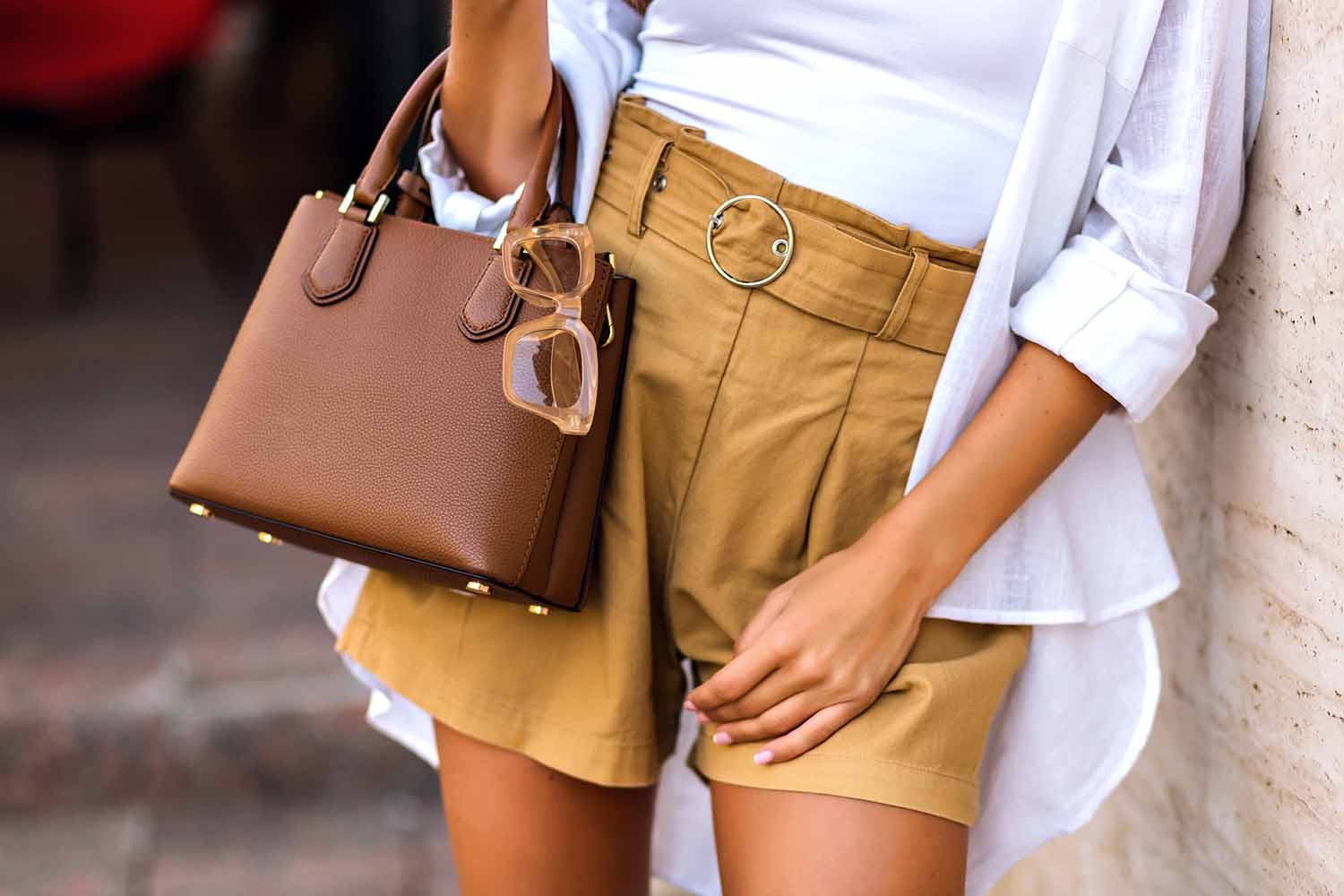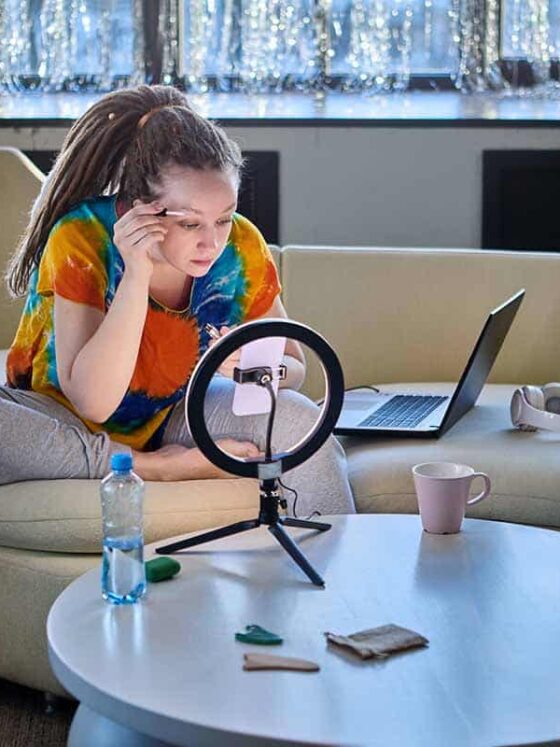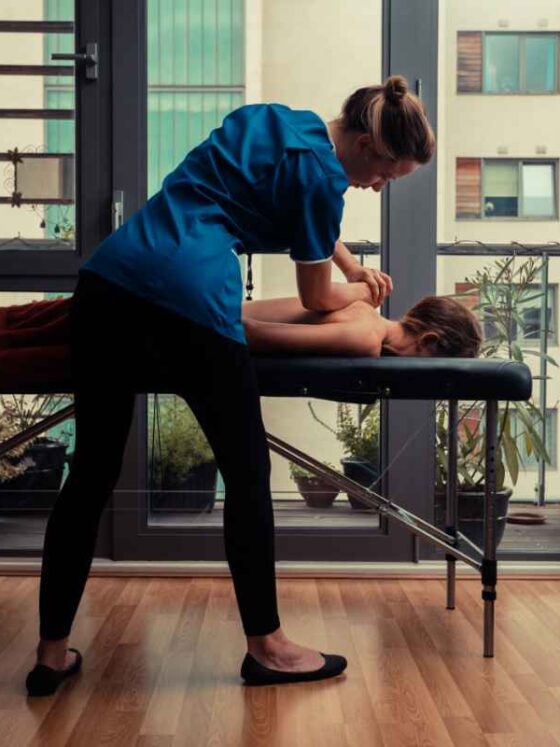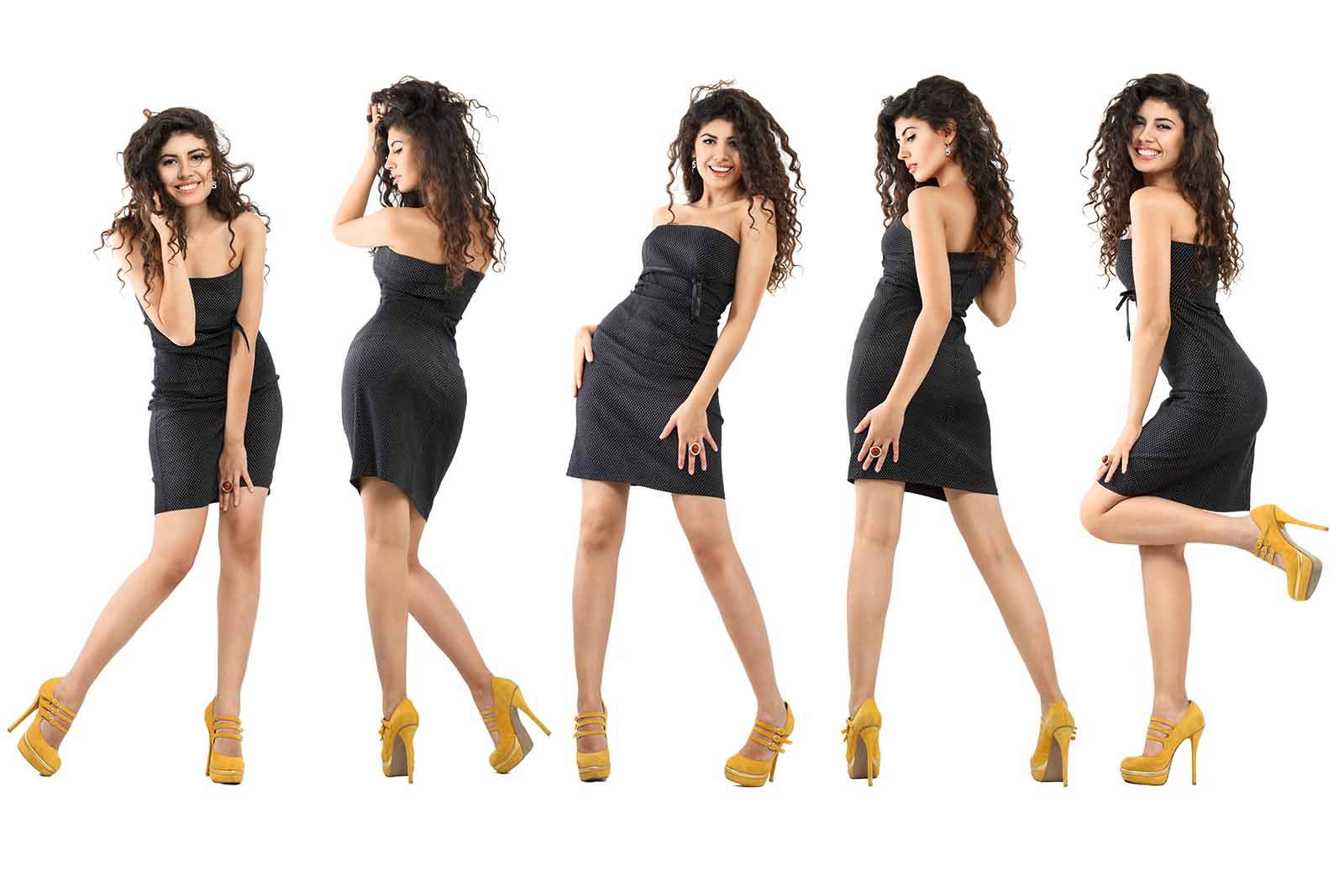The Best Courses to Learn Pattern Making Online
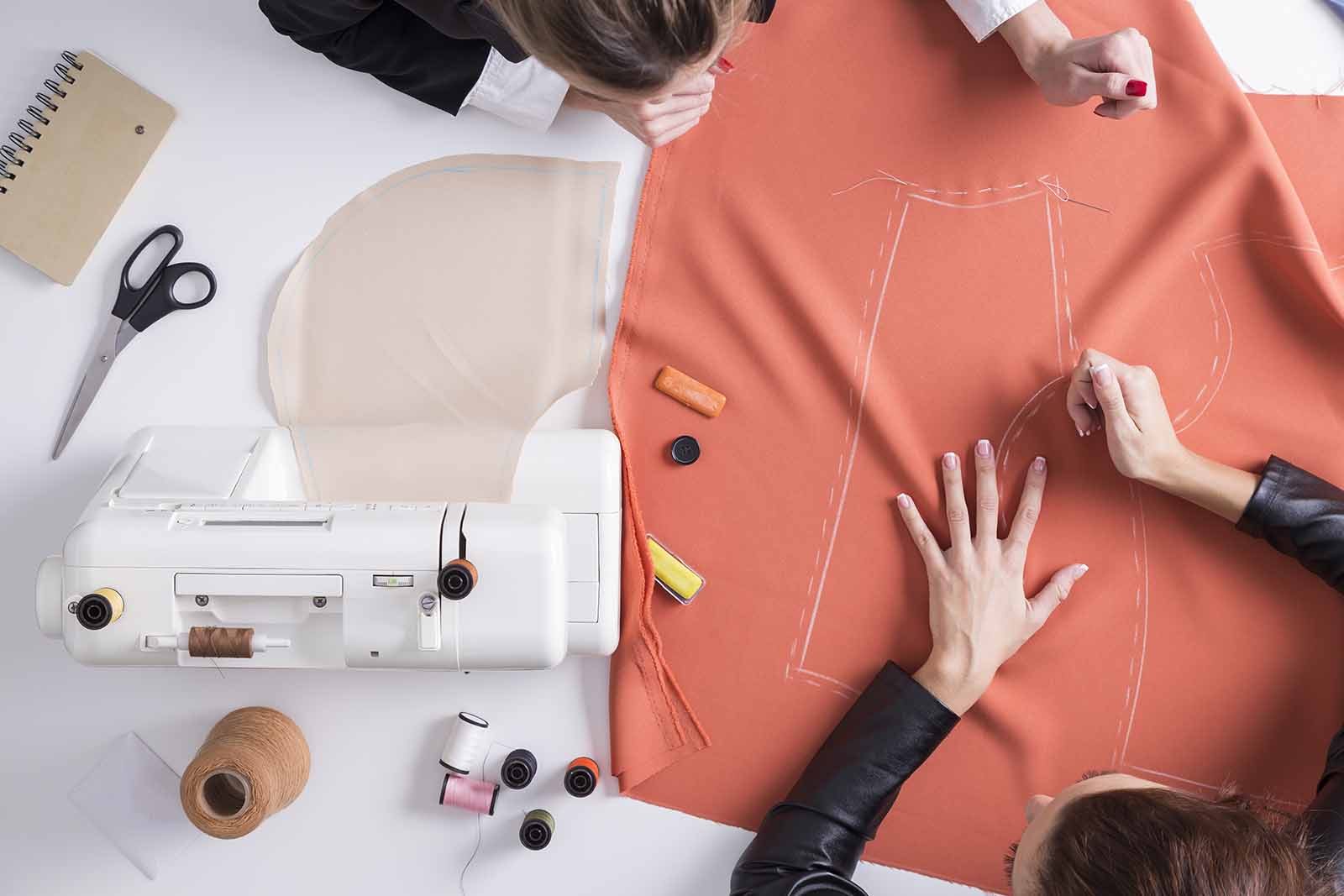
If you know the basics of sewing and are looking for a new hobby, why not take some courses on pattern making. This skill and hobby will come in handy when you least expect it. You could use pattern making to spruce up some old mom jeans, make your curtains, or design your kid’s next Halloween costume.
Just like any other course, you can learn pattern making online. There are free courses where you can download directions on pattern making or take an actual class with instruction videos and lectures on pattern making. The best courses to learn pattern making online are:
- Masterclass
- Udemy
- Mood U-Fashion School
- SkillShare
- Sew-It Academy
- eTelestia
- Sarvin Style
- The Cut Fashion Academy
Everyone learns differently, and everyone has different skills. There are many various courses in ranges of prices and difficulty. Since they are all online, you can learn these skills in the comfort of your own home. Here are the best courses to learn pattern making online.
Learning Pattern Making Online and How it Works
You guessed it! It is online courses, just as if you were going to take a business course or an administration course online to receive a certificate.
It is the same procedure with pattern making. Of course, just like the business classes and administration classes, there could be a small tuition fee.
It all depends on the online course and your level of expertise. If you are a beginner, you will have to take more classes compared to someone who is well equipped with the skill but is interested in cleaning up their techniques.
Also, what type of patterns do you want to learn to make?
- Fashion?
- Or are you interested in learning pattern making for household items like curtains, pillows, etc.?
Of course, the most popular pattern making is for fashion. Still, you can learn and use patten making for anything that requires cloth, a sewing needle.
There are more options for appeal pattern making online, but there are instruction videos that could help you with household items. And they are free!
Most of the online fashion design courses are fashion universities and schools from New York. The fashion epicenter of the U.S.! La Riviere can help you find the top online courses for any fashion segment you are interested in!
A lot of these courses are well planned, and there is so much to learn.
What are the Best Courses to Learn Pattern Making Online?
There are so many online courses available for pattern making. They range in:
- Price
- Duration
- Difficulty
So you want to be sure to pick the correct courses that are the best fit for what you want to learn.
Here are a few of the best online practices available today:
This is the most popular site to fine-tune your craft. Many are familiar with it for its advertised writing, programming, and business courses.
Patterns and Muslins masterclass is one of the top pattern making online courses out there!
Marc Jacobs has his master class for anyone looking to pick up pattern making and muslins.
He discusses how to sketch to pattern making and why your first creation will never be perfect. He offers downloadable items, like pattern paper and different supplies you need when creating a pattern.
They also have other fashion design and clothing-making courses on the site.
These are all taught by famous designers and fashion icons. Not only are you learning from the best, but it is an ongoing learning process. You can always go back to the videos when needed.
Udemy has a pattern making for fashion design course available to the public for $29.99!
It is an introductory course for beginners who want to learn pattern making. There is also a video to preview the course before spending the money, which will help you in your decision-process.
What You Will Learn
- Pattern making for fashion designers. This is a beginner’s course on how to draft patterns and getting to learning some draping techniques.
- You will learn techniques: pivoting and slash-and-spread.
- You will learn how to draft a yoke unto a skirt and add fullness to a skirt
- Learning grainlines and how to label patters. This includes notches and seam allowance
- Learning the principals of pattern drafting, dart manipulations, added fullness, contour
- Learning to draft an A-Line Skirt
- Learning how to draft princess style lines/steams, dart, pleats, and tucks
There are no requirements for this course. They will guide you through and make sure you learn the techniques at hand.
This course is used for techniques for pattern making or known as pattern drafting in fashion designing. This course will teach you how to design patterns that will then be used to cut fabric—resulting in sewn garments.
These methods and techniques are taught in high fashion colleges and universities for students who want to pursue a career in fashion. Here, they will be demonstrated for you just for $16! This course is for someone interested in fashion design, either creating clothes for themselves or other people.
This course is designed around videos and demos.
You will be attending lectures through video as well as conversing with your instructors through email. Just like any other person taking courses online for any other subject.
If you are looking to make fitted clothing, with precise patterns, then Mood U-Fashion School are the courses you need to take.
Depending on your skill level, there are classes that range from beginners to advanced classes. They even offer courses in draping, which they will teach you in 3D how to use a dress form.
They will help you use:
- Muslin
- Pins
- And most importantly: teach you how to design and create your concept.
They also offer flat pattern making in 2D. This class will help you with measurements to create patterns directly on paper.
Courses Available Online
They offer basic online programs for anyone who wants to take their skills to the next level. Here is what they provide per difficulty level:
- Pattern Making
- Sewing
- Draping
Everything you need in order to learn to build upon your fashion designing skills.
The Mood is one of the most famous fabric shops in New York City. It is famous for its appearance on Project Runway as the supplier for fabrics, muslin, and other accessories.
This is a renowned, historic school and shop where you can learn exceptional skills by talented people.
These courses are online and on-campus; their courses are available to anyone who wants to learn pattern making.
Mood U does offer classes for children who wish to learn how to sew and pattern making as well.
SkillShare offers instructional course for pattern making.
So, if your passion is to learn more about pattern making, there is no excuse! There are hundreds of videos available for you to learn and build your craft.
They have forty-three-minute to over an hour-long videos depending on the topic of the videos.
They break down the issues and skill level for you, so you don’t have to search too hard for something on your level in the skill you want to learn about.
They have other videos for different hobbies too. For example, creative writing, programming, photography, etc. Check it out and build upon the skills you have already.
5. Sew-It Academy
Sew-It Academy is an online school for sewing and pattern making.
For a small fee, you can teach yourself, under the guidance of your instructor, how to craft clothing and patterns for women, men, and kids.
They have basic classes like learning how to sew to a basic bodice, making a peplum top, and dress, etc.
They go over everything for you to build your skills and allow you to be able to make clothes, bags, etc. for your family and yourself.
They have a free trial available for you, as well as a discounted monthly rate of $9.97 a month. Initially, it is $11.97 a month.
This is perfect for anyone who wants to improve their techniques in following their dream of creating clothes.
6. eTelestia
eTelestia is an online school to receive your fashion creation certificate, but they offer online classes strictly for making patterns.
With these courses, you will have to pay a large fee for these courses. But they are courses that cover everything in:
- fashion,
- creating couture, and
- pattern making.
Pattern Making Full Course
This course will teach you how to create clothes for yourself and others.
They go over accurate and straightforward measurements taking and fitting pattern blocks.
This is a 20-week course; in this course, you will learn how to create for women, men, and kids. Inherently, it costs $1,170. I know that seems high, but what they go over and how they go over it, it is worth it.
You will learn how to correctly create clothes for yourself and others by learning how to make your designs come to life.
Here is a list of what they go over in the short 20 weeks:
- Drafting and assembly of block patterns
- Lay planning
- Basic sewing instructions.
- Womenswear: blouses, jackets, coats, skirts, and trousers.
- Menswear: blouses, jackets, coats, skirts, and trousers
- Childrenswear: shirts, pants, coats, jackets, etc.
For the price, it is worth it. They have a pay as you go program for anyone who can’t spend all that money at once, just like if you were going to college for another subject.
This course is for anyone who wants to develop skills for a career or their own business.
They do offer sewing courses and fashion design courses as well.
These are additional full courses where you learn everything in 20 weeks.
7. Sarvin Style
Sarvin is offering free online courses on pattern making.
She teaches you to step by step how to create something you’ve designed and make it come to life. You will learn how to sew patterns, make basic garments, and how to change it by style. She has step by step methods on how to teach you pattern making.
Here is what you will learn in her online courses.
- How to take body measurements for pattern making
- Drafting pattern form and body measurements
- Designing basic patterns and garments
- Designing skirts
- Changing dart positions
- Adding style lines, and create various garment styles
- Modifying basic patterns and intricate patterns.
She has many videos with broken-down steps on how to learn and fine-tune your skills. They are available anytime you want to build upon your skills in pattern making.
8. The Cut Fashion Academy
The Cut Fashion Academy has a course called, “Pattern Making and Assembly Technique.” It is a four-month course where they teach you necessary:
- Sewing skills,
- Pattern making, and
- Measurement taking.
In the first six weeks of the program, you are dedicated to learning the basic rules of pattern making, fit, and sewing.
They break it down for beginners, so you feel comfortable and at the same time, enable advanced designers to fine-tune their techniques.
By week seven, you should be choosing your design stream—for example:
- Activewear,
- Evening wear,
- Contemporary women’s, or
- Contemporary menswear.
You will create clothing throughout your studies and complete a six-piece collection for your final project.
In order to be successful in this course, you will need some sewing experience and some manual pattern making experience. This program is fourteen weeks and approximately twenty hours a week of class and work time.
That is broken down to eight hours of class time and twelve hours a week for lab work.
All Classes Include:
A) Introduction to Pattern Making
- Introduction to flat pattern making methods and concepts
- Drafting basic pattern blocks front and back bodice, waistbands, and hems
- Creating dart manipulations
- Understanding components of a garment: fly zipper, kick pleats, vents, and pockets
- The terminology of the garments and pattern sequence
- Pattern marking, labeling, and pattern sequence
B) Fit and Measurement
- Learn how to take personal measurements
- Go through a garment fitting and understand the principles and how to properly assess the garment fit
- Study how to measure a mannequin
- Be able to correct fit and adjust patterns
C) Drafting
- Draft bottoms such as sleeves, skirts, and pant slopers
- Create a draft for button-up shirt patterns
- Draft dress patterns
- Study how to draft a flared/gored/pleated skirt pattern
- Create collars
- Be able to manipulate patterns
- Draft men’s bodice sloper
- Draft kids’ bodice sloper
D) Garment Assembly and Textiles
- Learn how to use the equipment, how to maintain it, and safety protocols
- Practice sewing techniques: stitches, seams, hems, finishes, zipper applications, waistband, applications, pleats. This is done by creating a sample sewing book
- Practice sewing straight lines, curve lines, and back stitches
- Learning how to construct and sew vents, pockets, and lining
- Comprehend how to cut and prepare textiles for garment assembly
- Acquire how to identify fabrics and weaves
- Comprehend fabric characteristic: grain and weight
- Learn how to insert different types of fusions
This is a detailed course that can help you with building your skills in pattern making as well as fashion design. It is worth the fee and time to complete the course.
Tools You will Need for Pattern Making Courses
Most of these courses require you to purchase the supplies to make patterns from the comfort of your home. These can be found in your local fabric or craft stores. You can also look at the steps in pattern making to see what else you could need. Try to stay cheap, so you don’t overspend on supplies. Some of the supplies aren’t necessary. Here are the tools you will need to take a pattern-making course:
1. 18’ C-Thru Ruler
You can find this in any fabric store or craft store. They are inexpensive and easy to find. You will need this ruler so you can see your lines, especially when drawing perpendicular lines.
2. Tape
When adding pleats or changing your design pattern, the tape will come in handy. Scotch Magic Tape is perfect, and it is not a lot of money. It is easier to use and reapply if a mistake is made.
3. Tracing Wheel
This wheel is excellent for tracing your patterns onto another piece of paper. This is so you don’t ruin the original work. It is ideal for transferring markings from one to another.
4. Pencil
This is so if you make a mistake on your markings, it is easier to remove then pen. Mechanical pencils are ideal, but a regular #2 pencil will do the same work. Just be sure to keep a sharpener close by.
5. Eraser
When you use an eraser, you are less likely to rip or tear your paper. It also leaves a clean surface. There is no trace of an eraser line. You can find this in any office supply store.
6. Sewing Tape Measure
This is used to take measurements of yourself, clients, or family members. This is important to have. You can find this in any fabric store. It is soft and flexible; unlike the tape measures used for construction/building projects.
7. Scissors or Rotary Cutter
Scissors are more accessible, but you can use a rotary cutter. This is used to cut your patterns entirely. You can find this in any supply store or fabric store.
8. French Curve
Amazon or any local fabric stores have this available for purchase. These are usually packaged in four or eight counts, which is good, just in case you lose the one you’re working with. They are generally on sale due to their importance in the fashion making world.
9. L- Square
This is used for squaring or for drawing perpendicular lines. It is also made to be durable, so as long as you never lose it, you won’t ever have to buy another one. This could be found in any local fabric store or supply store.
All of these can add up in cost, but if pattern making and/or fashion design is something you want to do, then it will be worth it.
Types of Fabric Patterns that Could be Used:
Although there are a multitude of fabrics available, there are six common fabric patterns that you will learn about when taking online courses. You want to be able to distinguish between the different designs so you know which will work best for what type of clothing design. Pattern making software is also a great way for drafting patterns with specific fabrics. Helping you create patterns that fit your measurements specifically.
Solid color clothing is excellent and all, but you also want to express yourself with fun patterns. Here is a brief overview of these fabric patterns.
Stripes
The most common patterns known to most people are stripes. They are also always in style, too. Stripes can be used for casual wear as well as formal. Think of men’s work, collared shirts. They still use strips or different patterns to give it that pop.
Stripes are the most distinguished of the patterns and can be identified all over the world. It doesn’t matter if it is pinstripes, fat stripes, or diagonals; stripes are the most popular worn pattern in the world.
The most worn type of stripes on shirts are thin, even stripes.
Pinstripes are well used for suits or dress pants.
Larger stripes are used for casual, fun shirts to wear to a game or for a day of shopping.
Stripes can be easily worn by anyone and in many different colors and options. Stripes are a staple pattern that should be in everyone’s wardrobe.
Checks or Gingham
Check patterns are a horizontal and vertical stripe coming together. Think of a chessboard.
Gingham is a bold colored check with alternating white checks.
Checks can consist of different colors that make even-sized squares when they overlap. You can find this pattern in small-sized or larger-sized squares.
Checks or Gingham could be found in casual clothing as well as professional clothing. Again, think of men’s work collared shirts. This is a popular pattern to put under a solid color blazer.
Plaid or Tartan
There are many different names for the pattern plaid—Glenn plaid, tartan, etc.
A highly worn pattern in fall and winter, plaid is mostly worn as a simple pattern. This pattern is two or more colors sewn into horizontal and vertical bands.
Plaid originated in Scotland and the British Isles. They were used as a symbol representing different families. Plaid was once strictly used on wools, but today, it is used in all types of fabrics and clothes. Most people wear plaids to announce the start of the fall season.
The most common type of plaid is a thick stripe surrounded by thinner stripes to create a large repeating pattern. This is a louder pattern than others; because of the multiple colors woven into each other.
Herringbone
This is another typical pattern found in suits, work shirts, and accessories that include ties.
Herringbone was named after the way it is woven together. If you look at it closely, it seems like the bone of a Herring Fish.
Usually, it consists of two colors woven together to create a chevron pattern in thin bands or a zig-zag design. It all depends on how you look at it.
This type of pattern is usually used for wool-type fabrics, but you can find them in many kinds of materials these days. Herringbone is traditionally made with similar colors, so it is easier to see the detail from a distance.
Paisley
Paisley is a loud and bold pattern that needs to be styled carefully.
This pattern isn’t as popular as the others due to its loudness, but when put together, it can make a great fashion statement. Paisley is well known in the middle east dating back centuries.
With the paisley pattern, you can see some floral influences within the shapes. When pairing pieces with your paisley patterned clothes, you want to stick to solids. This pattern is mostly worn for proper use, parties, weddings, work. Somewhere you want to make a statement, but at the same time, an excellent fashion-forward statement.
Houndstooth
Houndstooth may look like Checked patterns, but it is slightly different.
With Checked patterns, there is a clean square, but with Houndstooth, there are broken corners and it looks more diagonal than horizontal.
This is a dual tone pattern that is woven in a particular way to create the shapes mimicking a hound’s tooth. This pattern is worn more for formal, work, or outerwear, rather than casual. You will find it accessorizes as well.
Final Thoughts
There are many options for anyone who wants to build upon their skills in fashion design. There is a range of online courses for everyone’s skill level and budget.
Of course, the cost of the supplies may require more of an outlay than you anticipated, but if you are fine-tuning your skill to be able to design clothing for a cost, then you should be able to make your money back quickly.
Everyone learns differently, so you have to research each available course and see if it works for you.
Be sure to ask questions; every site has a contact page to allow you to ask questions about every course available. You may be spending money on these courses, so you want to get the most out of it as you can.
It is worth it in the end to learn these skills. Depending on how finely tuned you are at creating clothes, you could save yourself a lot of money on buying clothes from your local department store or Halloween costumes for your kids. And when someone asks, ‘where did you get that fabulous outfit or costume,’ you can say, “I made it!”
And that is the best feeling in the world at the end of the day; that you created something.
